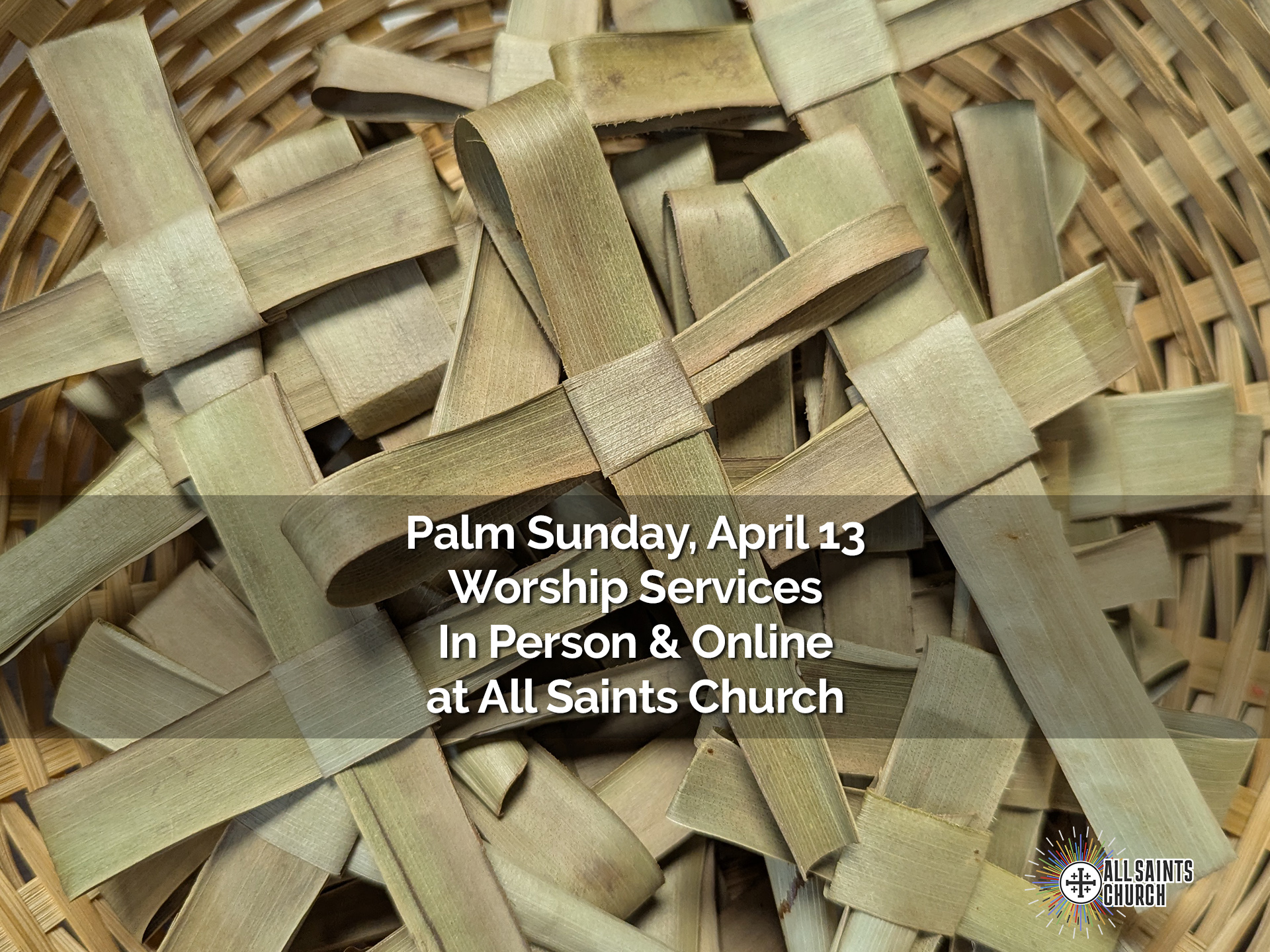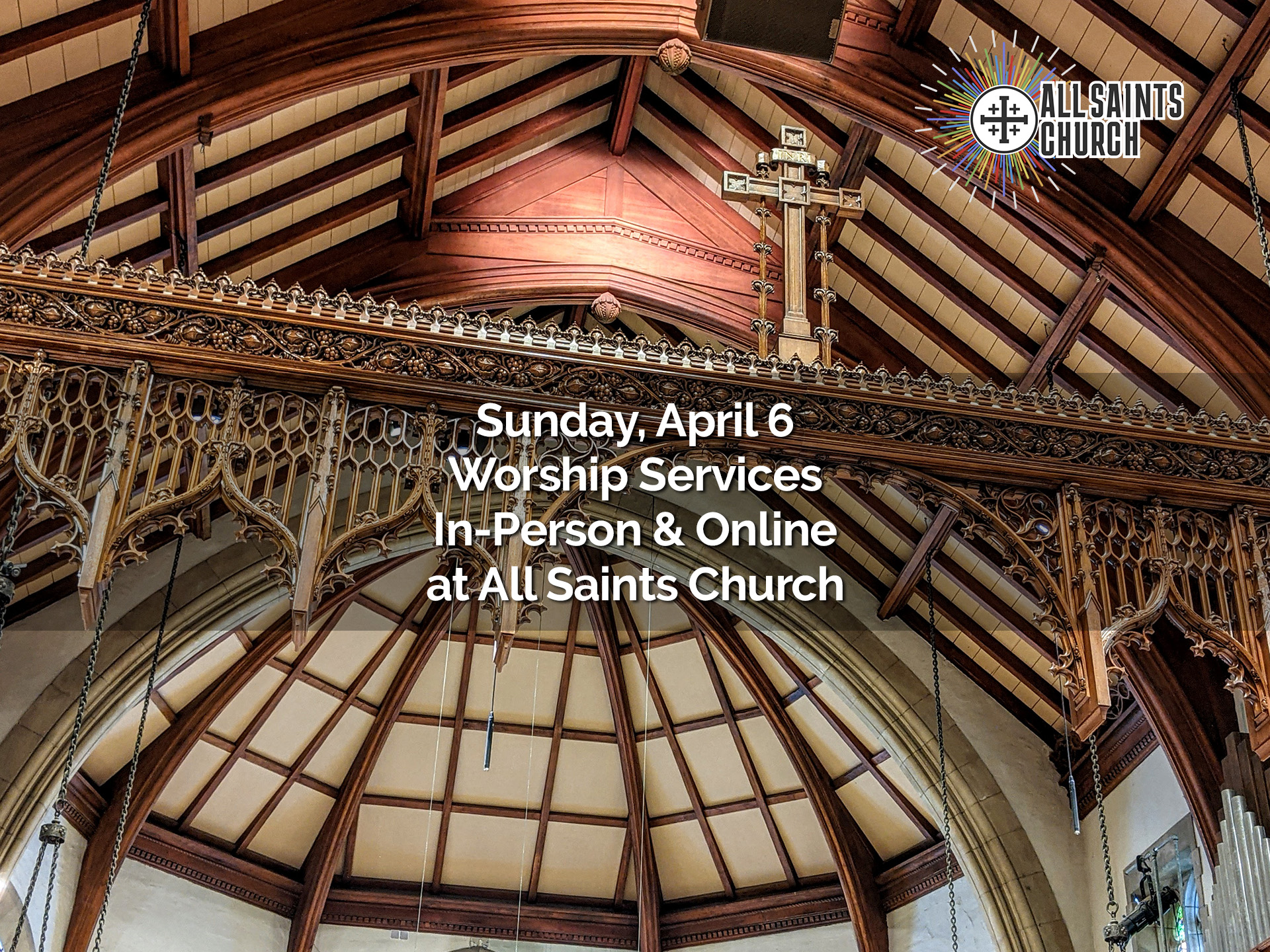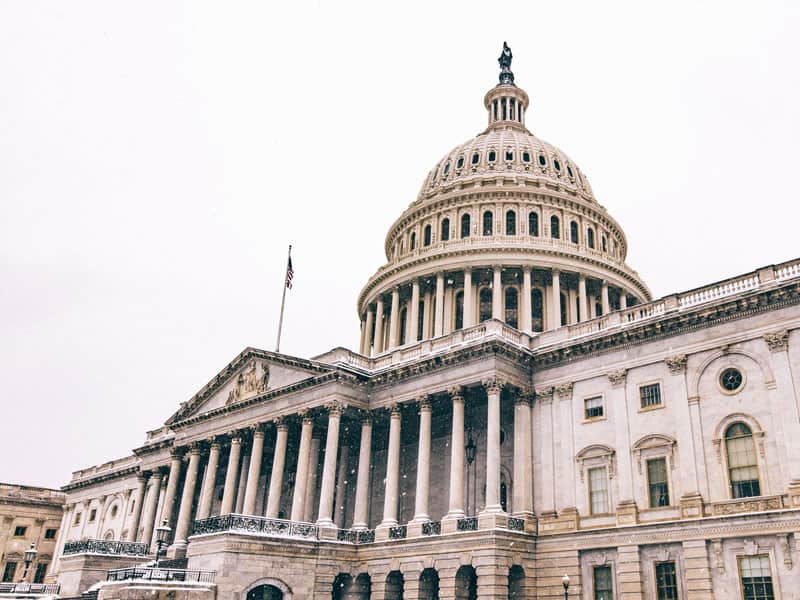“Crossing the boundary between what is and what ought to be is literally our job description as Christians: to make that kingdom come on earth as it is in heaven not just a prayer we pray but a reality we live.”
Sermon by Susan Russell at All Saints Church, Pasadena, on Sunday, November 11, 2018.
“Until we can see the chasm between what is and what ought to be, we don’t have any hope of changing.” Amen.
+++
It has been a week.
Last Sunday we gathered for the Feast of All Saints Day
on the cusp of the long awaited midterm elections and –
surrounded by light, beauty and music —
we celebrated the lives of those saints who have gone before us …
inspired by these words from Mike Kinman:
“Whatever happens Tuesday, or any day, our mission of love remains the same. And we will claim the power of that love. And we will not shrink back from the challenges of each moment, and we will hold each other when we get weary, and catch each other when we fall.”
That was Sunday.
Tuesday was Election Day.
Wednesday we woke up to the news of the firing of the Attorney General.
Thursday we woke up to the news of the tragic mass shooting in Thousand Oaks.
Friday we woke up to the news of explosive wildfires and hundreds of thousands under evacuation.
It has been a week.
And yet, Sunday rolled around again … as it always does …
and since this week my calendar said “preach at 7:30, 9:00 and 11:15”
I had to come up with a sermon.
To do it, I had to say my prayers, step away from the “breaking news”
of conflict, tragedy and disaster
and search instead for words of both inspiration and challenge.
And I found them in this quote
from our former Presiding Bishop Katharine Jefferts Schori …
Until we can see the chasm between what is and what ought to be,
we don’t have any hope of changing.
Indeed it is the act of crossing that boundary
between what is and what ought to be
that gets us across the fence between fear and possibility,
reconciling division, transforming injustice,
urging the lost onto the road home.
Bishop Jefferts Schori preached these words
to the Episcopal Church’s 2012 General Convention —
a community of people who love their church and strive to live out the Gospel —
and who do not always agree with each other
about how to do either of those things.
And so she was challenging us – and, I suspect, challenging herself
(because we know all the best sermons
are actually the preacher preaching to the preacher) –
to get ourselves together
and get over that fence between fear and possibility
in order to bridge the gap between what is
and what ought to be
in our church and in our world.
I don’t want for a minute to lose sight of the fact
that six years ago the world was far from perfect
and we faced a whole list of challenges.
But I think it is fair to say
that since then the fence between fear and possibility has only gotten taller
and harder to climb and the chasm between what is and what ought to be
has only gotten deeper and more treacherous to cross.
Yet no matter how bad it is,
crossing the boundary between what is and what ought to be
is literally our vocation as Christians … as followers of Jesus …
as those whose job it is to participate
in making that kingdom come on earth as it is in heaven
not just a prayer we pray but a reality we live.
In this moment what it “is”
is a system that is rigged to give power to the powerful
and keep the marginalized at the margins.
What it “is”
is a patriarchy that values the career of a man
over the abuse of a woman
and a nation still so steeped in sexism
that women who have been victims of assault
become victims again when they dare to come forward and speak out.
What it “is”
is a culture of white supremacy
that values white lives over black and brown lives
in systems of mass incarceration, police profiling
and unjust immigration polices … just to name a few.
What it “is”
is a gun culture that rejects reasonable gun control laws
and continues to value right to own a gun
over the right of our children to be safe in their schools
and our citizens to be safe in their streets, churches,
grocery stores, synagogues and dance clubs.
What it “is”
is a heterosexist understanding of gender and human sexuality
that continues to target LGBTQ people
and reduce them to a less-than-human-status …
turning isolated scriptural texts into weapons of mass discrimination
against members of God’s beloved human family.
What it “is”
is a nation conceived in liberty
and dedicated to the proposition that all people are created equal —
a nation whose failure to live up to that aspirational goal makes it no less a goal worth defending against those who are — as we speak —
undermining the foundations of our constitutional democracy.
And on this Veterans Day, what it “is”
is an administration that shamelessly exploits our armed forces …
the very women and men who have taken an oath
to defend the Constitution against all enemies, foreign and domestic …
by sending them to the border
as shiny objects to distract the media during the pre-election news cycle.
Yes, the chasm is deep and the chasm is wide.
And yet our call – our challenge – this day and every day –
is to get over whatever fences stand between what “is” –
a world where fear dominates our discourse,
pollutes our politics and feed violence –
and what “ought to be” –
that “kingdom come on earth as it is in heaven”
we pray for absolutely every time we gather together.
I have often quoted biblical scholar Verna Dozier
and I’m going to do it again.
Dr. Dozier famously said,
“Don’t tell me what you believe.
Tell me what difference it makes that you believe.”
Today we gather together in community to be fed by word and sacrament
not just because we believe –
but because we believe we are called to make a difference.
Called to climb the fence between fear and possibility.
Called to refuse to settle for what “is”
but instead to work together with God to create what “ought to be.”
Called to comfort the afflicted and afflict the comfortable in our generation
just as our spiritual ancestors did in theirs.
Ancestors like the two widows
who are central figures in the lessons appointed for this morning:
the widow from Zarephath and the widow from Jerusalem.
And — because she is one of my favorite characters in all of scripture —
I would add to that list the “persistent widow” from Luke’s gospel …
the one who went up against the unjust judge who – according to Jesus –
“neither feared God nor had respect for people.”
And yet she received justice …
because she “wore him out with her persistence.”
It’s no coincidence they were all widows –
these women whose stories from centuries ago
continue to instruct and inspire us.
With no right to inheritance
they were at the mercy of the heirs of husbands’ estates
and the charity of society —
and so were exemplars of those who are the most vulnerable,
the most marginalized and the most powerless.
If there was a soundtrack to this sermon
the music in the background right now would now be Janis Joplin
singing “freedom’s just another word for nothing left to lose” …
because what freed these women … these widows …
to see over the fence between fear and possibility
was that they had nothing left to lose.
And so they risked.
Risked feeding the stranger.
Risked generosity out of scarcity.
Risked persistence in the face of injustice.
And what we learn from them is to go and do likewise …
to refuse to settle for what is
and continue to risk striving for what ought to be …
in our church, in our nation and in our world …
not because we have nothing left to lose
but because we have everything to gain.
Is that a tall order? Absolutely.
Are we always going to succeed? Of course not.
Is the work going to be done in our lifetime? No way.
But just as we stand on the shoulders
of those who went before us,
there are those coming after us who will need shoulders to stand on as well …
and we are those shoulders.
We are those risk-takers.
We will – God willing – be those ancestors someday.
One more Verna Dozier:
“Doubt is not the opposite of faith.
Fear is.
Fear will not risk that even if I am wrong
I will trust that if I move by the light that is given me,
knowing that it is only finite and partial
I will know more and different things tomorrow than I know today,
and I can be open to the new possibility
I cannot even imagine today.”
It has been a hard week – and the weeks ahead are likely to be harder yet …
But … if we move together by the light we have –
knowing it is only finite and partial —
we will move forward together as co-creators of what ought to be;
agents of the change we want to see
refusing to allow fear to keep us from climbing that fence
that stands between us and another world that is not only possible …
she is on her way.
But before we move let’s take just a minute
to center ourselves in the power of this community gathered
of this light, and beauty and music
of this bread and wine made holy.
Close your eyes — if you choose —
and visualize what you most yearn to see
on the other side of that fence between fear and possibility:
what your heart of hearts tells you ought to be.
And then listen to these words of Indian author Arundhati Roy
interpreted by musician Ana Hernandez:
Another world is not only possible. She is on her way.
On a quiet day, you can hear her breathing. She is on her way.
Now …
Together let us climb that fence.
Together let us claim the future.
Together let us make the impossible possible
as we work to reconcile division,
to transform injustice
and to urge the lost onto the road home.
Amen.



